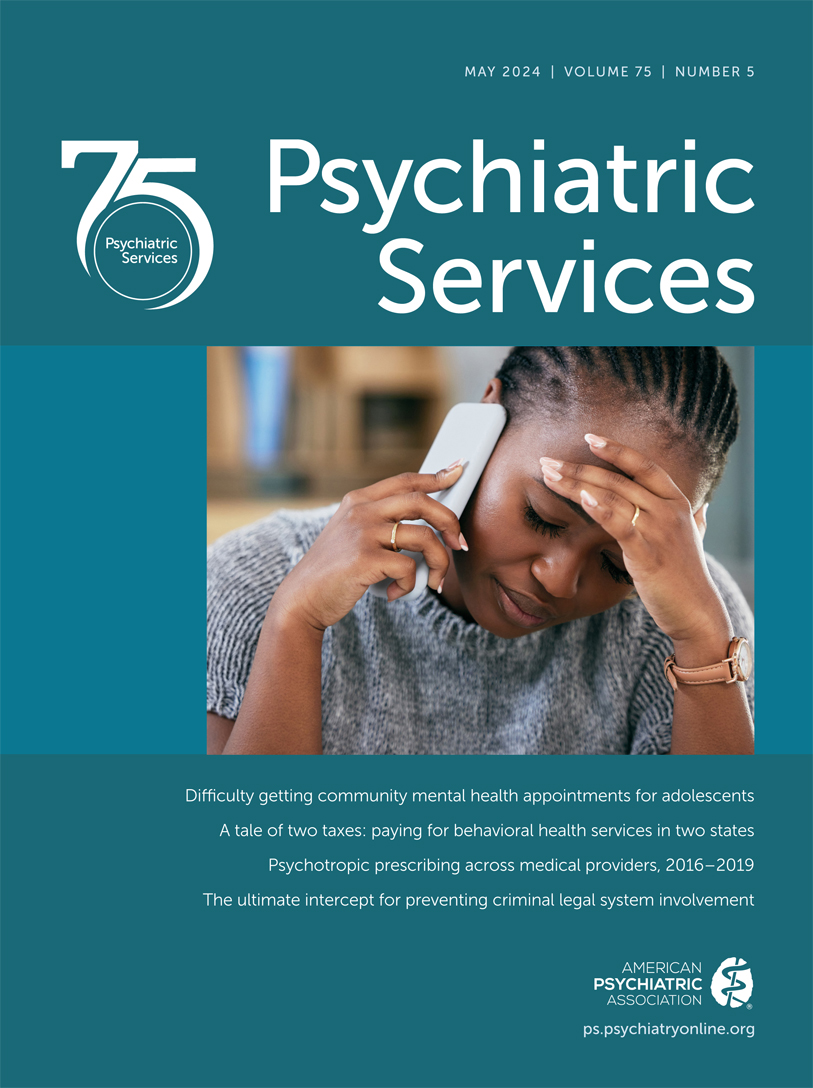Identifying Individuals With Early Psychosis in Jail: Lessons Learned for Coordinated Specialty Care Services
Abstract
Objective:
This study sought to establish the feasibility of a two-component intervention embedded within a jail setting that would detect detainees with early psychosis and connect them to coordinated specialty care (CSC) in the community upon release.
Methods:
The two components of the intervention were a targeted educational campaign for correction officers and a specialized early engagement support service to facilitate jail discharge planning. Jail detainees with early psychosis were referred to the project and assessed for positive and negative symptoms, substance use, and duration of untreated psychosis (DUP). During a 24-month period, 25 individuals were referred, of whom eight were eligible and interviewed.
Results:
The sociodemographic and clinical characteristics of the jail detainees were similar to those of individuals in hospital settings. The median DUP was 36 weeks. One of the eight detainees with early psychosis was successfully referred to CSC; for the other detainees, social or criminal legal factors precluded referral.
Conclusions:
A targeted educational campaign for correction officers and a specialized early engagement support service can be implemented in a jail setting, and referrals can be facilitated. Success of the campaign may depend on having dedicated liaisons within the jail setting (e.g., among correctional health staff) as well as liaisons in local CSC programs and leadership. Changes in the law and policy environments (e.g., criminal legal system reform) and changes in organizational practices and processes for corrections, correctional health, and local CSC programs (such as those made during the COVID-19 pandemic) require ongoing collaborations.
Access content
To read the fulltext, please use one of the options below to sign in or purchase access.- Personal login
- Institutional Login
- Sign in via OpenAthens
- Register for access
-
Please login/register if you wish to pair your device and check access availability.
Not a subscriber?
PsychiatryOnline subscription options offer access to the DSM-5 library, books, journals, CME, and patient resources. This all-in-one virtual library provides psychiatrists and mental health professionals with key resources for diagnosis, treatment, research, and professional development.
Need more help? PsychiatryOnline Customer Service may be reached by emailing [email protected] or by calling 800-368-5777 (in the U.S.) or 703-907-7322 (outside the U.S.).



